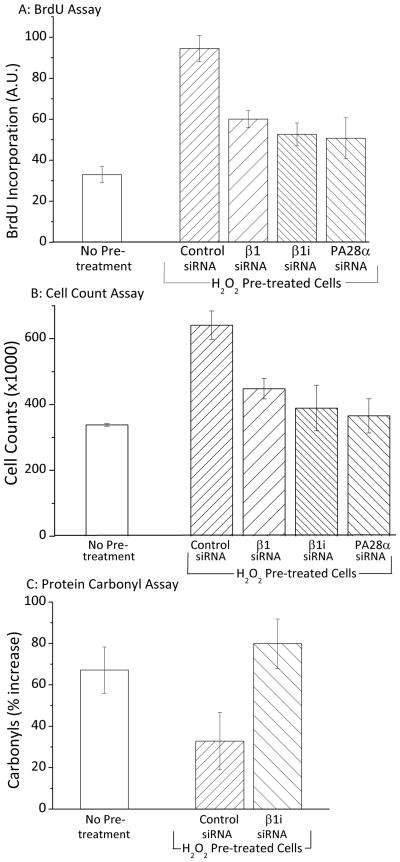Figure 7. Blocking the Induction of 20S Proteasome, Immunoproteasome or PA28αβ Inhibits Adaptation in H2O2 Challenged Cells.
Panel A. MEF cells were grown to 20% confluence and then treated with β1, β1i (Lmp2), PA28α or control (scrambled) siRNA for 24 hours to block induction of the relevant proteasome subunits (see Supplemental Fig. 1 for proof of siRNA effectiveness). After siRNA exposure the media was replaced with fresh complete medium and after a further 24 hours (a total of 48 hours after initial siRNA exposure), some cells were transiently adapted to oxidative stress by pre-treatment with 2 μmol of H2O2 per 107 cells, while others were not adapted. Cells were incubated at 37ºC under 5% CO2 for 1 hour, after which the medium was replaced. Following a 24 hour adaptation period, both adapted and non-adapted cells were challenged by incubation with a high dose of 1 mM H2O2 (≈25 μmol H2O2 per 107 cells). Cells were then harvested and reseeded at 100,000 cells per ml on 96 well plates and the BrdU assay was then performed (as per Materials & Methods). BrdU results (means ± SE, n = 3) represent cellular BrdU incorporation into DNA in arbitrary units. On the X-axis, “No Pre-treatment” represents samples that were treated with control (scrambled) siRNA and challenged with high H2O2, but were not adapted by pre-treatment with low H2O2. All other samples were first treated with siRNA’s, adapted by pre-treatment with low H2O2, and then challenged by exposure to high (1.0mM) H2O2. Panel B. MEF cells were prepared, treated with siRNA’s, transiently adapted to oxidative stress 7 by pre-treatment with H2O2 (or not pre-treated), challenged with 1 mM H2O2 (≈25 μmol H2O2 per 107 cells), and harvested, exactly as described in Panel A. Samples were then seeded at a density of 100,000 cells per ml in 24 well plates. Cells were incubated for a further 24 hours, then cell counts were taken using a cell counter (see Materials & Methods). Values (means ± SE, n = 3) represent the cell proliferation in challenged cells which previously were either pre-treated with an adaptive dose of H2O2 or not pre-treated. Panel C. MEF cells were prepared, treated with siRNA, transiently adapted to oxidative stress by pre-treatment with H2O2 (or not pre-treated, challenged with 1 mM H2O2 (≈25 μmol H2O2 per 107 cells), and harvested, exactly as described in Panels A and B. Samples were then incubated for a further six hours, harvested, lysed, diluted based on protein content, and then assayed in an oxyblot for protein carbonyls (see Materials & Methods). Values (means ± SE, n = 3) represent the percent increase in protein oxidation (overall carbonyl intensity of anti-DNP antibody staining) of H2O2 challenged (1.0 mM) samples, both H2O2 pre-treated and non-pre-treated ± β1i siRNA’s.

